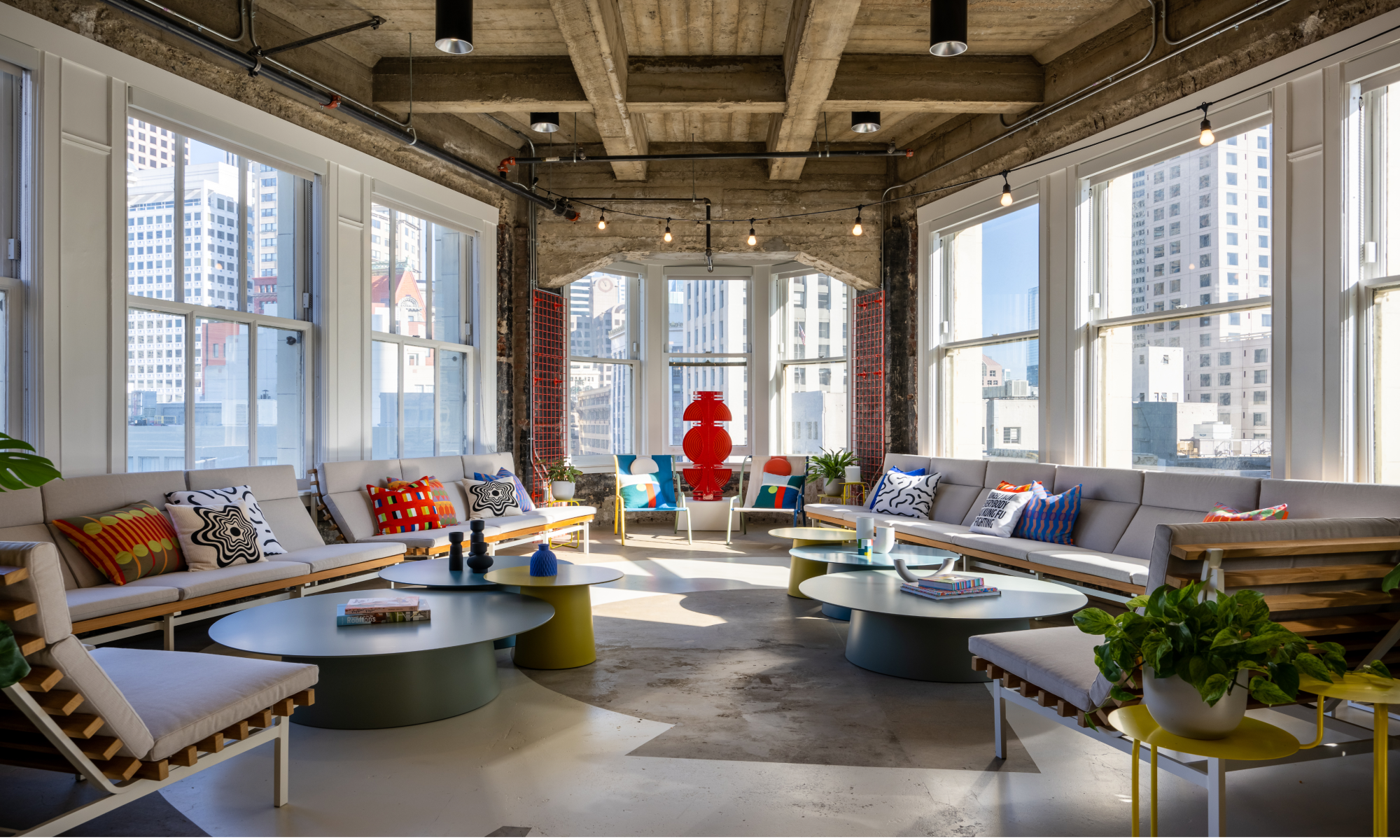Designing on some platforms can feel like an isolated process, with only a share button connecting you to the rest of your team. But at Figma, real-time collaboration is not just a feature of the product design platform—it's a core value. The company's goal is to improve the entire product development process, from the initial idea to the final launch. Figma puts collaboration front and center at every phase of development, empowering designers, developers, and product managers to work together seamlessly in a single space so they can build better products faster. Figma's web-based platform streamlines workflows and unifies design tools, bringing features like real-time collaboration, version control, and prototyping to product design. This not only helps users work faster and more efficiently but also makes design more accessible and collaborative for teams of all sizes, from small startups to large enterprises.
Developers and engineers make up a significant portion of Figma's customers – nearly one third of Figma’s users are developers – so it's essential that the platform addresses their needs. Figma takes into account the diverse ways users interact with the platform to foster interdisciplinary cooperation, drive innovation, and elevate the overall product development process.

Since its launch in 2016, both Figma’s customers and engineering staff have grown significantly, and this rapid expansion has made it even more challenging to meet the company's high standards for product reliability and development efficiency, particularly as it introduces new products like FigJam, a visual collaboration tool for teams to brainstorm, diagram, meet and plan, and even import issues and pull requests with the GitHub widget– all in one place. To address these challenges and streamline its DevOps pipeline, Figma standardized its development practices on GitHub Enterprise.

GitHub provides a central platform for hosting source code, handling code reviews, and managing pull requests, providing consistency across teams. Developers have a single location to review proposed changes, assign groups for review, and collaborate on feature requests. "GitHub increases the visibility of code changes and makes it easy for everyone to collaborate on a single pull request as the source of truth," says Engineering Manager for Infrastructure Tommy MacWilliam. Figma’s engineering teams now enjoy the same benefits of heightened collaboration that it provides to its customers.
By consolidating its DevOps pipeline on GitHub, Figma can now embrace innersource principles, further promoting cross-team collaboration and improving code reuse. Figma's infrastructure team focuses on creating reusable components, frameworks, and platforms, further accelerating innersourcing across the organization. Building with reusability in mind enables Figma’s teams to effortlessly leverage and extend these resources, eliminating the need for individual product teams to constantly reinvent solutions from scratch.
GitHub helps us build things the right way, enabling us to move faster over the long term.
While tech startups often cut corners to accelerate their development lifecycles, Figma maintains craftsmanship as one of its core engineering values. “GitHub helps us build things the right way, enabling us to move faster over the long term,” says MacWilliam. The company's commitment to innersource means that the benefits of well-written code compound with each reuse, enhancing the quality and security of the entire codebase.
While Figma's improved DevOps and innersource practices enhanced the quality of its codebase, the company also focused on maintaining rigorous security standards amid rapid growth. Addressing emerging concerns, such as adjusting static analysis rules to accommodate a wider range of technologies, providing practical security advice to an increasing number of teams, and efficiently managing dependencies for a rapidly expanding code repository, became even more crucial.
To tackle these challenges, Figma leverages GitHub's Dependabot, which provides increased visibility into the state of security across the organization. Dependabot generates security alerts and pull requests, which Figma uses to efficiently prioritize and remediate vulnerabilities within its codebase. The company's developers promptly tackle urgent, high-risk issues, while automation handles low-effort fixes, and on-call security engineers triage issues that aren't easily evaluated. This combination of approaches helps Figma meet stringent standards for security and reliability as it grows.

Building on this strong security foundation, GitHub's APIs augment Figma's productivity workflows, allowing the team to integrate the capabilities of GitHub Actions with other tools to automate its CI/CD practices effectively. By using GitHub’s API to embed CI Results directly within the platform, developers can easily access their pull requests to see all the running tests and any failures without needing to leave the familiar environment. As MacWilliam puts it, "GitHub’s APIs are core to our productivity workflows. I can't imagine life without them."
One of the best parts of GitHub is ensuring that we’re using the same workflows for managing our proprietary code alongside our open source work.
Figma's commitment to making design more accessible extends beyond its own platform, as the company actively contributes to the open-source community. "One of the best parts of GitHub is ensuring that we’re using the same workflows for managing our proprietary code alongside our open source work,” says Figma CTO Kris Rasmussen. “This makes it easier for us to contribute back to the projects we use and reduces the friction when open sourcing our own projects." To address common concerns about accidental code publishing, Figma uses GitHub’s robust access controls, ensuring that only authorized individuals can view or modify code, providing an extra layer of security for proprietary and open-source projects alike.
By partnering with GitHub, Figma established consistent development practices, bolstered security measures, and harnessed the power of GitHub's API for seamless automation. As Figma CTO Kris Rasmussen puts it, “GitHub provides just the right levels of customization and constraints to ensure that we can enforce a great code culture while still enabling us to get code out the door quickly as needed." This collaboration not only facilitated effective teamwork and communication among Figma's diverse teams but also helped maintain the highest standards of code quality. Figma continues to thrive, delivering on its mission to make design accessible for teams of all sizes – with even more for developers to come.



